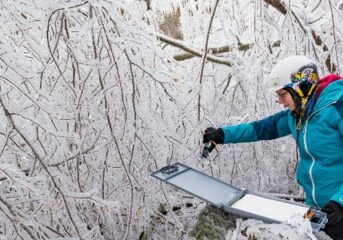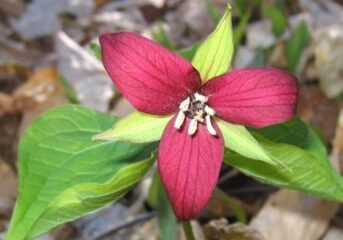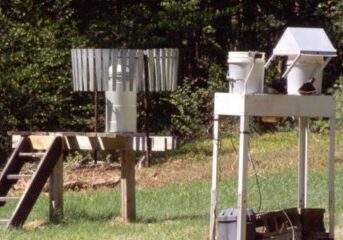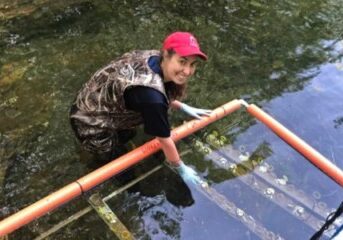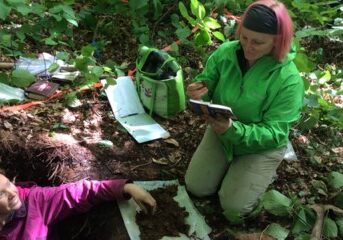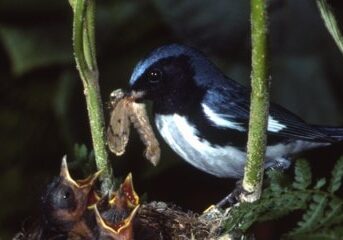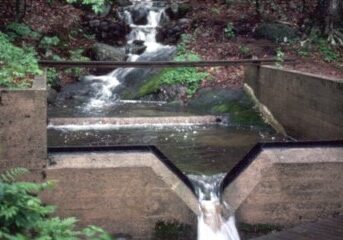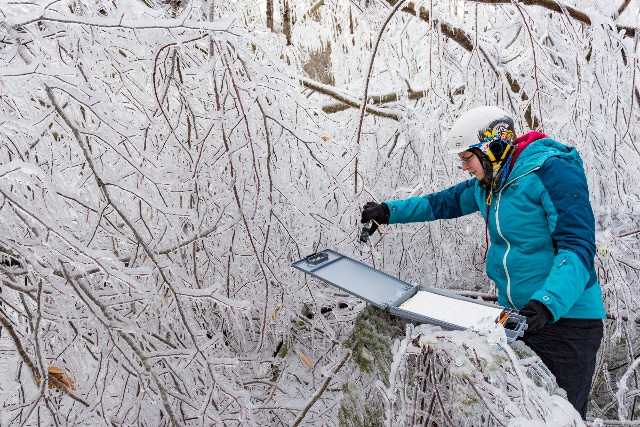
We study how forests and streams respond to disturbances, both natural and human-caused. Ecosystem disturbances can be chronic and long-term, such as gradual changes in average air temperature, or intense and short-lived, such as an ice storm or forest harvest. The early focus of disturbance work (1960s – 1980s) was on forest harvest techniques and intensity, which were investigated in a series of whole-watershed experiments.
More recent work has focused on climate disturbances, especially extreme events. We have used manipulative plot-scale experiments to simulate extreme events that have occurred, including a regional ice storm in 1998, a regional drought in the 1960s, and several winters (1989, 2006) with little snow. To study ice storm impacts, water was sprayed over the forest canopy during subfreezing conditions in the 2015/2016 winter to mimic freezing rain. A drought simulation experiment (2015-2019) removed throughfall with troughs installed beneath the forest canopy. A series of snow removal (by shoveling) manipulations have investigated the relationships between snow depth, soil freezing, and a range of ecosystem processes. A Climate Change Across Seasons Experiment (CCASE) has used buried heating cables and snow removal since 2012 to simulate interactive effects of warmer soils in the growing season and increased frequency of soil freeze-thaw cycles in winter.

